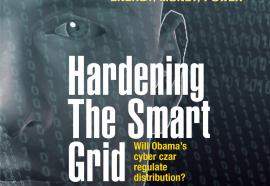Security vs. States' Rights
Will Congress dare to put local wires under federal control?
Congress hasn’t amended the Federal Power Act in any way that would change the status quo, and a bright line still separates the distribution business from the federally regulated bulk-power system. Pending legislation, however, might change that.






